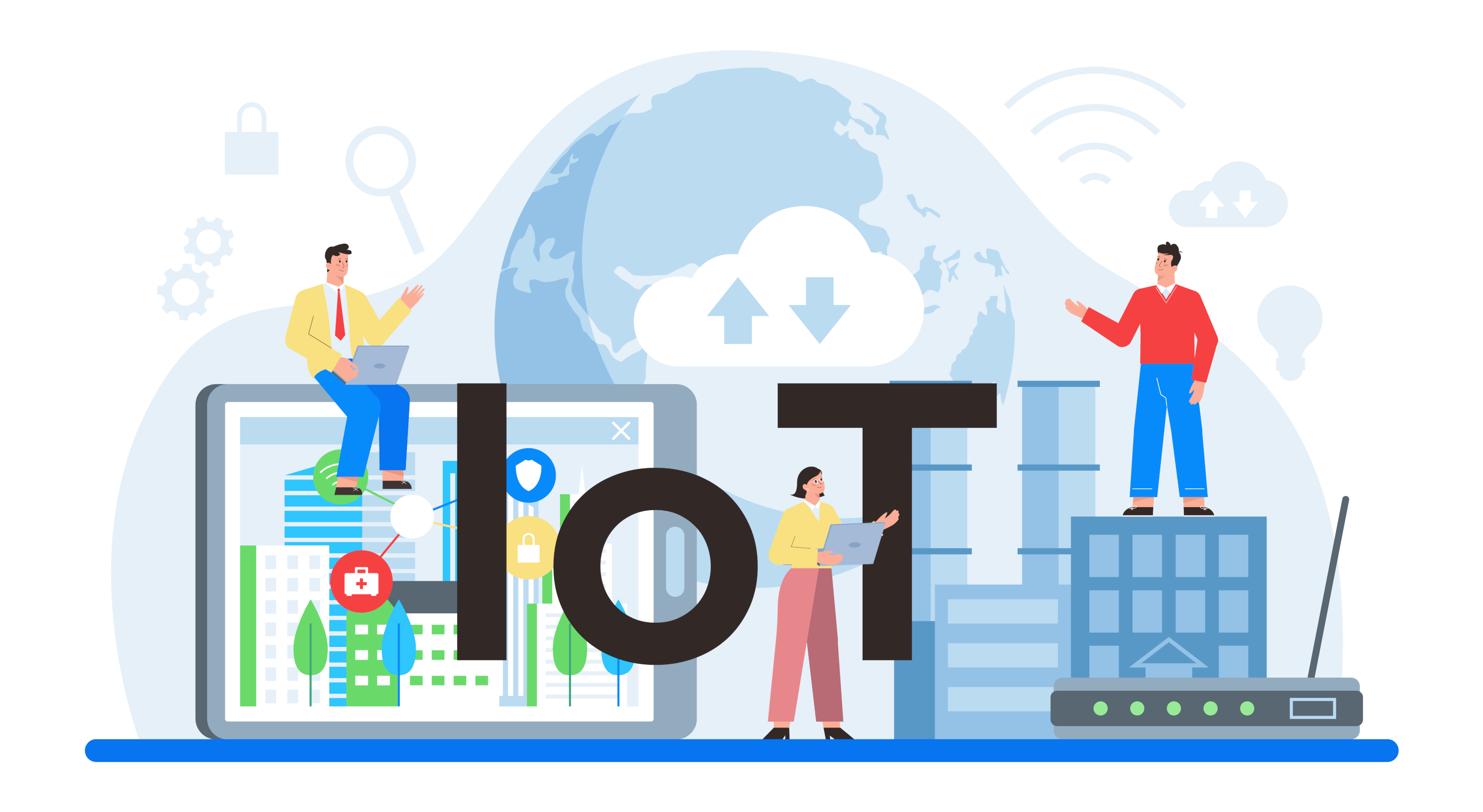Introduction
The Internet of Things (IoT) is transforming industries, from smart homes to industrial automation. However, as IoT adoption grows, so do the risks associated with cyber threats. By 2025–2026, IoT security solutions will be more critical than ever. This article explores the hottest topics and trends in IoT security, offering insights into how businesses and individuals can protect their connected devices and data.
Why IoT Security is Crucial in 2025–2026
With billions of IoT devices expected to be in use by 2025, the attack surface for cybercriminals is expanding rapidly. From data breaches to ransomware attacks, the consequences of inadequate IoT security can be devastating. As IoT becomes more integrated into critical infrastructure, healthcare, and smart cities, robust security measures will be essential to ensure privacy, safety, and reliability.
Hot Topics in IoT Security for 2025–2026
1. AI-Powered Threat Detection
Artificial intelligence (AI) is revolutionizing IoT security by enabling real-time threat detection and response. AI algorithms can analyze vast amounts of data from IoT devices to identify anomalies and predict potential attacks. By 2025, AI-driven security solutions will be a standard feature in IoT ecosystems, helping organizations stay ahead of cybercriminals.
- Key Benefit: Proactive threat mitigation and reduced response times.
- Use Case: Smart factories using AI to monitor and secure industrial IoT devices.
2. Blockchain for IoT Security
Blockchain technology is gaining traction as a solution for securing IoT networks. Its decentralized nature ensures data integrity and prevents unauthorized access. By 2026, blockchain will be widely used to create secure communication channels between IoT devices and protect sensitive data.
- Key Benefit: Enhanced data transparency and tamper-proof records.
- Use Case: Supply chain tracking with blockchain-secured IoT sensors.
3. Zero-Trust Architecture
The zero-trust model, which assumes no device or user is inherently trustworthy, is becoming a cornerstone of IoT security. By implementing strict access controls and continuous verification, organizations can minimize the risk of breaches. In 2025–2026, zero-trust architecture will be a must-have for IoT deployments.
- Key Benefit: Reduced attack surface and improved access management.
- Use Case: Healthcare systems securing patient data with zero-trust principles.
4. Edge Computing Security
As edge computing gains popularity, securing data at the edge will be a top priority. Edge devices process data locally, reducing latency but also introducing new vulnerabilities. By 2026, advanced encryption and authentication methods will be essential for protecting edge-enabled IoT systems.
- Key Benefit: Faster, more secure data processing.
- Use Case: Autonomous vehicles using edge computing for real-time decision-making.
5. IoT Device Identity Management
With the proliferation of IoT devices, managing identities and ensuring secure authentication will be critical. Solutions like digital certificates and biometric authentication will play a key role in verifying device identities and preventing unauthorized access.
- Key Benefit: Improved device accountability and security.
- Use Case: Smart homes using biometric authentication for access control.
6. Regulatory Compliance and Standards
Governments and industry bodies are introducing stricter regulations for IoT security. By 2025, compliance with standards like the EU’s Cybersecurity Act and NIST guidelines will be mandatory for IoT manufacturers and users. Staying ahead of regulatory requirements will be a key focus for businesses.
- Key Benefit: Legal compliance and enhanced consumer trust.
- Use Case: IoT device manufacturers adhering to global security standards.
7. Quantum-Resistant Encryption
As quantum computing advances, traditional encryption methods may become obsolete. By 2026, quantum-resistant encryption will be essential for securing IoT devices against future threats. This technology ensures that data remains protected even from quantum-powered attacks.
- Key Benefit: Future-proof security for IoT ecosystems.
- Use Case: Government and defense IoT systems adopting quantum-resistant encryption.
8. IoT Security for Smart Cities
Smart cities rely on IoT devices for everything from traffic management to public safety. Securing these systems will be a top priority in 2025–2026. Advanced solutions like AI-driven monitoring and blockchain-based data integrity checks will be critical for protecting urban infrastructure.
- Key Benefit: Safer, more resilient smart cities.
- Use Case: Smart grids using AI to detect and prevent cyberattacks.
How to Prepare for the Future of IoT Security
- Invest in AI and Machine Learning: Leverage AI-powered tools to detect and respond to threats in real time.
- Adopt Zero-Trust Principles: Implement strict access controls and continuous verification for all IoT devices.
- Stay Compliant: Keep up with evolving regulations and industry standards.
- Educate Employees and Users: Train stakeholders on IoT security best practices.
- Collaborate with Experts: Partner with cybersecurity firms to stay ahead of emerging threats.
Conclusion
IoT security will be a defining challenge in 2025–2026, as the number of connected devices continues to grow. By embracing AI, blockchain, zero-trust architecture, and other advanced solutions, businesses and individuals can protect their IoT ecosystems from evolving threats. Staying informed and proactive will be key to navigating the future of IoT security.

